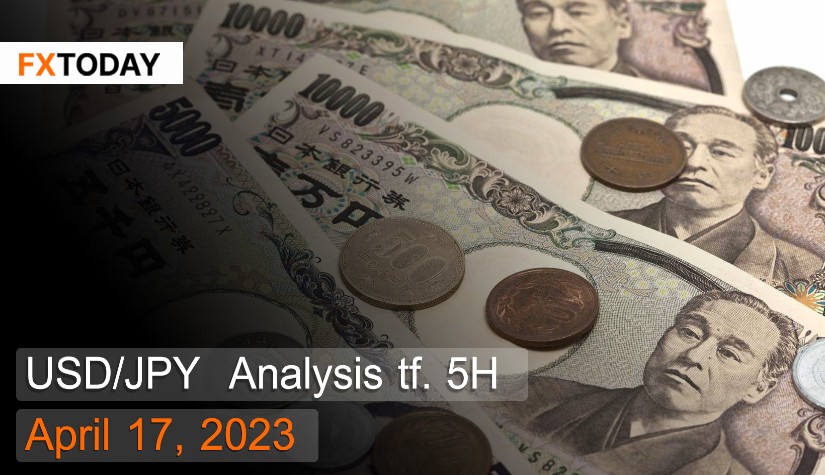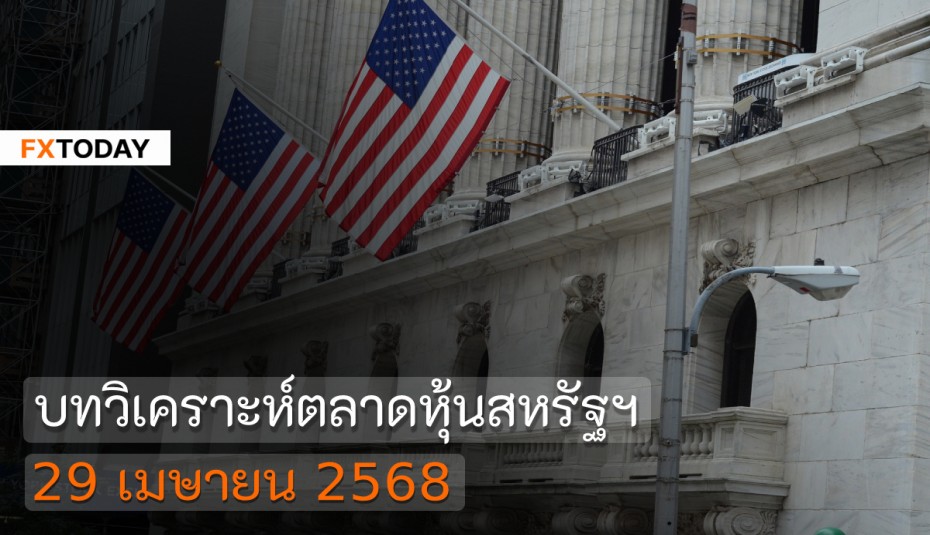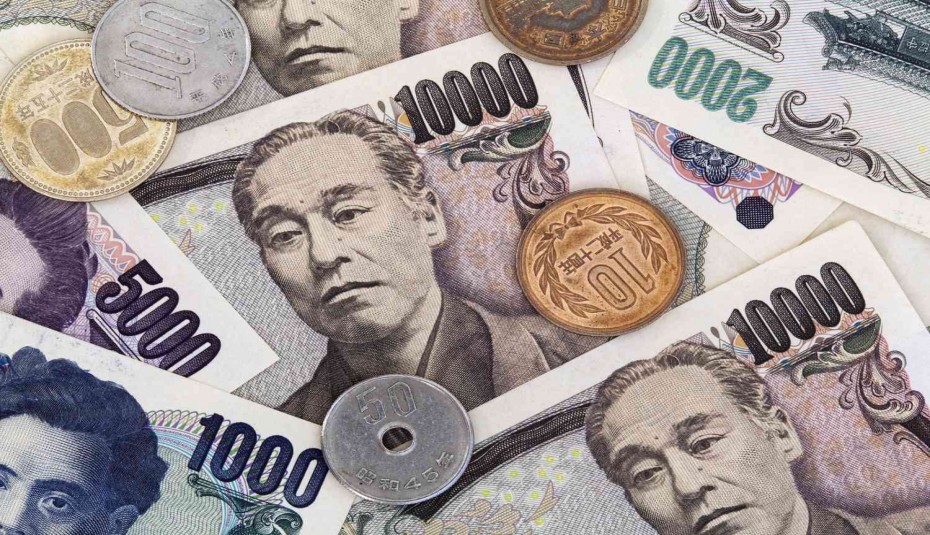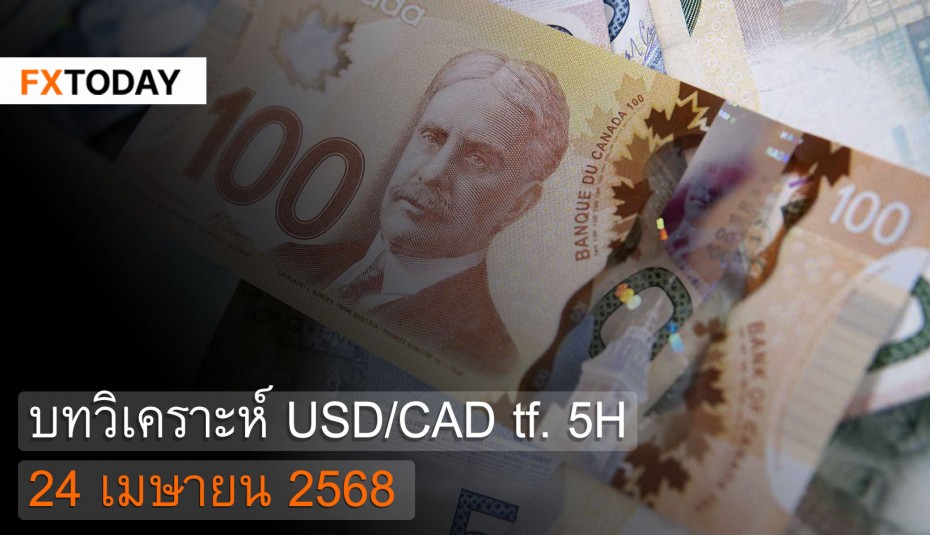Japan is expected to continue its loose monetary policy
Mr. Kuroda Ueda, the new governor of the Bank of Japan (BoJ) He has signaled that he is not in a rush to reduce the BoJ's large-scale economic stimulus measures, stating that what is appropriate for the BoJ is a highly accommodative monetary policy going forward, as Japan's inflation rate is not showing a continuous trend towards its 2% target.
However, he emphasized that the BoJ needs to avoid moving too slowly in adjusting its monetary policy to a more normal state. This announcement also indicates that he is willing to accept the idea of revising the Yield Curve Control (YCC) policy, which was introduced by the former BoJ governor, Haruhiko Kuroda, who retired from his position on April 8th.
Mr. Ueda stated in a press conference during his inauguration ceremony on Monday that "If the BoJ continues its measures, the inflation rate will gradually stabilize at around 2% and then decide when to adjust policies to a normal state. However, this would cause great turbulence in the economy and the market. Therefore, the important thing is to make appropriate decisions and preventive decisions."
He also said that although there are increasingly clear signals during this period that Japan's inflation rate will steadily approach the target level of 2%, the BoJ will need more time to consider whether the rate will continue to rise.
Mr. Shingo Ide, head of stock investment strategy at NLI Research Institute, said "Mr. Ueda signaled that the current inflation and economic conditions do not support a significant increase in interest rates, so the chances of the BoJ adjusting its policy in April have decreased significantly."
Mr. Ueda stated in a press conference during his inauguration ceremony on Monday that "If the BoJ continues its measures, the inflation rate will gradually stabilize at around 2% and then decide when to adjust policies to a normal state. However, this would cause great turbulence in the economy and the market. Therefore, the important thing is to make appropriate decisions and preventive decisions."
He also said that although there are increasingly clear signals during this period that Japan's inflation rate will steadily approach the target level of 2%, the BoJ will need more time to consider whether the rate will continue to rise.
Mr. Shingo Ide, head of stock investment strategy at NLI Research Institute, said "Mr. Ueda signaled that the current inflation and economic conditions do not support a significant increase in interest rates, so the chances of the BoJ adjusting its policy in April have decreased significantly."
Mr. Ueda mentioned that if the BoJ could achieve its inflation target, it might be necessary to adjust monetary policy to return to normal. "However, if that is not the case, we may need to think about a sustainable work round, focusing on managing the side effects of monetary easing."
Mr. Shinichi Uchida, the deputy governor of the Bank of Japan (BoJ), said that the BoJ would continue to ease monetary policy to achieve sustainable and stable inflation targets while supporting the economy and wage growth.
He said that Japan's financial system is generally stable, with a large capital base for financial institutions and ways to raise funds under the globally tight control policy. However, the impact on Japan's financial institutions is limited and has been increasingly uncertain due to the volatile global financial system, especially after the banking crisis in the USA.
Technical analysis data (5H)
| Name | S3 | S2 | S1 | Pivot Points | R1 | R2 | R3 |
| Classic | 133.40 | 133.56 | 133.77 | 133.93 | 134.15 | 134.30 | 134.52 |
| Fibonacci | 133.56 | 133.70 | 133.79 | 133.93 | 134.07 | 134.16 | 134.30 |
| Camarilla | 133.88 | 133.92 | 133.95 | 133.93 | 134.02 | 134.05 | 134.09 |
| Woodie's | 133.42 | 133.57 | 133.79 | 133.94 | 134.17 | 134.31 | 134.54 |
| DeMark's | - | - | 133.85 | 133.97 | 134.22 | - | - |
Buy/Long 1: If there is a touch of support in the price range of 133.56 - 133.77, but the support at 133.77 cannot be broken, TP may be set at around 134.30 and SL at around 133.40, or according to the acceptable risk.
Buy/Long 2: If it is possible to break the resistance in the price range of 134.15 - 134.30, TP may be set at around 134.52 and SL at around 133.56, or according to the acceptable risk.
Sell/Short 1: If there is a touch of resistance in the price range of 134.15 - 134.30, but the resistance at 134.15 cannot be broken, TP may be set at around 133.56 and SL at around 134.52, or according to the acceptable risk.
Sell/Short 2: If it is possible to break the support in the price range of 133.56 - 133.77, TP may be set at around 133.40 and SL at around 134.30, or according to the acceptable risk.
| Name | Value | Action |
| RSI(14) | 61.585 | Buy |
| STOCH(9,6) | 73.680 | Buy |
| STOCHRSI(14) | 90.122 | Overbought |
| MACD(12,26) | 0.300 | Buy |
| ADX(14) | 26.793 | Buy |
| Williams %R | -15.138 | Overbought |
| CCI(14) | 129.2877 | Buy |
| ATR(14) | 0.5118 | Less Volatility |
| Highs/Lows(14) | 0.4918 | Buy |
| Ultimate Oscillator | 71.127 | Overbought |
| ROC | 0.526 | Buy |
| Bull/Bear Power(13) | 1.1920 | Buy |
|
Buy:8 Sell:0 Neutral:0 Summary:Strong Buy |
||
















